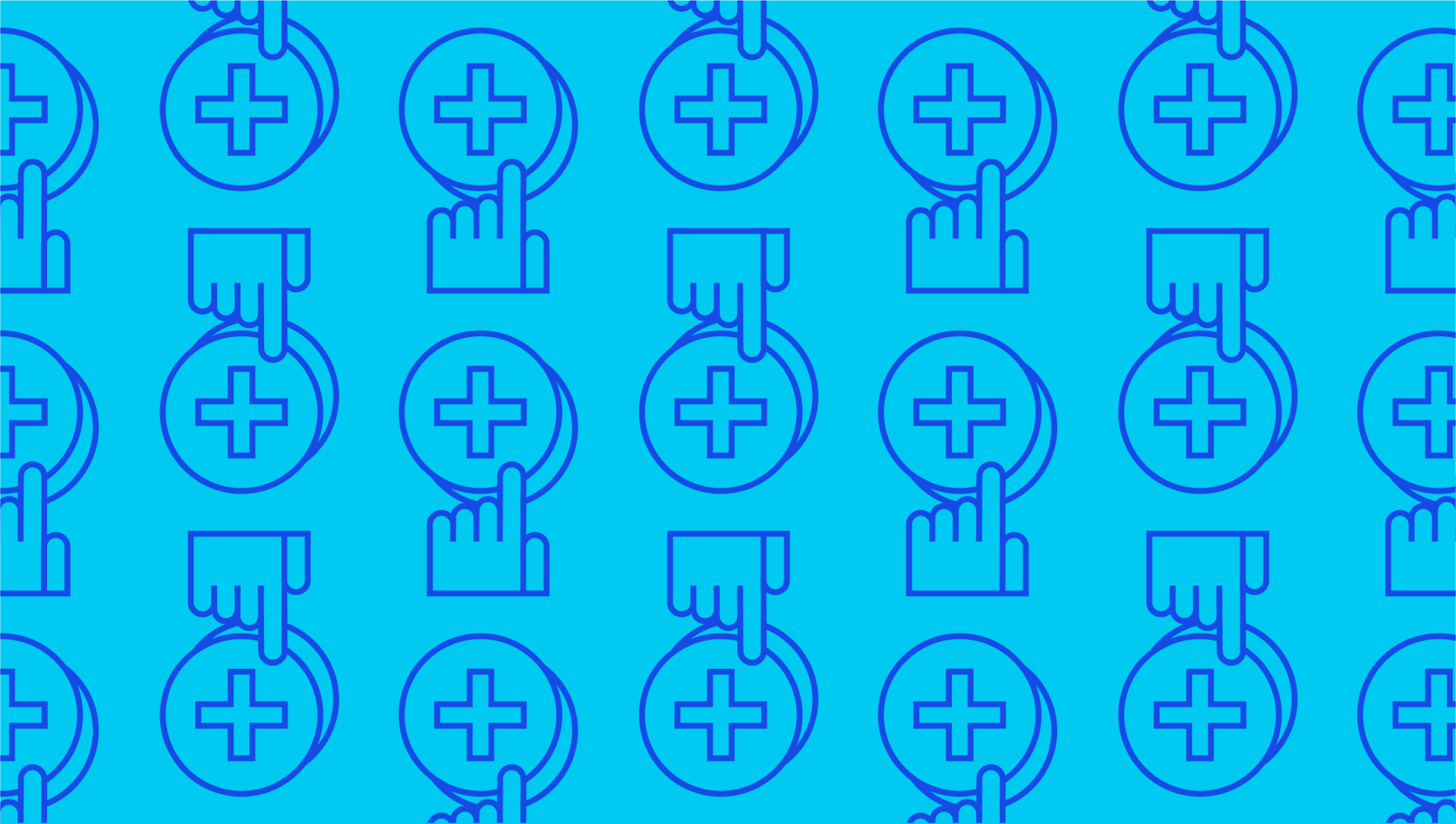
Fixed Assets: Definition and Examples
Last editedJan 20212 min read
Assets are items of value owned by a company. They are shown on its balance sheet. Most financial statements will break down asset holdings into fixed assets, non-current assets or current assets depending on their specific characteristics.
What are fixed assets?
Fixed assets are tangible assets that a business expects to own for more than a year. Non-current assets are intangible assets that a business also expects to own for more than a year. Current assets are those a business expects to own for at most a year.
Fixed assets examples
In business, fixed assets are often called “property, plant and equipment” (PP&E). That is because most fixed assets are items that have been bought to serve a business purpose. Typical examples of PP&E include land, buildings, vehicles, machinery and IT equipment.
Such items are clearly significant purchases. Fixed assets generally are higher-value items. In simple terms, there is generally a strong link between the price of an item and how long it is expected to last. But it’s important to note that the definition of a fixed asset hinges on its expected lifespan rather than its price.
For example, say a jeweller bought an ergonomic mouse and a batch of diamonds. The mouse is clearly the lower-priced purchase, but the jeweller expects it to last at least two years. It is therefore a fixed asset. By contrast, the jeweller expects to use the diamonds in a commission they need to complete within a month. The diamonds, therefore, are current assets.
Depreciation of fixed assets
Most businesses buy assets because they need them for their operations, which means they only have value to the business for as long as they can be used. Businesses know how long this is likely to be when they buy them. They, therefore, reduce the book value of the fixed asset each year over its lifecycle. This is known as depreciation.
Depreciation has two advantages to businesses. First, it gives a relatively accurate reflection of the asset’s contribution to the business. Fixed assets tend to deliver the most value when they are new. As they age, they may begin to suffer from wear and tear. Even if they don’t, they are likely to be superseded by other options. Eventually, they need to be replaced.
Second, depreciation allows a business to account for the cost of an item over two or more years. This avoids fluctuations in its financial statements every time a new fixed asset is purchased and thus gives a more realistic view of the business’ overall performance.
For completeness, non-current assets are also reduced in value over their useful life. As non-current assets are intangible, the process is known as amortisation. Current assets are not subject to depreciation or amortisation because they are expected to be used within a year.
Non-depreciable fixed assets
Some fixed assets cannot be depreciated. In the context of business, the most obvious example of a non-depreciable asset is land. This is expected to keep its intrinsic value. In fact, it may even increase in value. Buildings, by contrast, can be depreciated (providing they are owned rather than rented or leased).
Collectables such as art and antiques are likewise not eligible to be depreciated. They are also expected to retain their value or even increase in value. It is, however, fairly unusual for businesses to have these assets.
Fixed assets and financing
If a company is unable to buy PP&E out of its own resources, it has two options. First, it can use financing. In this scenario, the PP&E is considered a fixed asset but the financing is a liability. Second, it can rent, hire or lease the PP&E – it this case the business does not have a fixed asset, but retains the liability of the financing.
How we can help
If you’re interested in finding out more about the fixed assets, then get in touch with our financial experts. Find out how GoCardless can help you with ad hoc payments or recurring payments.